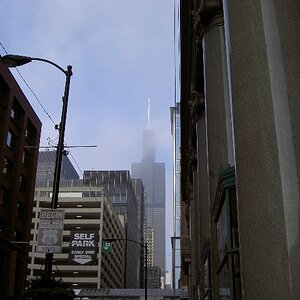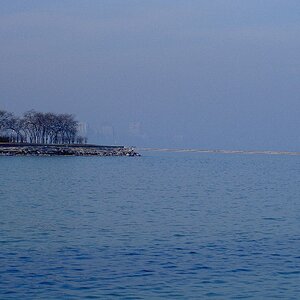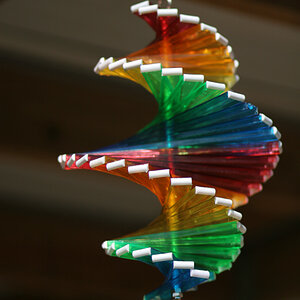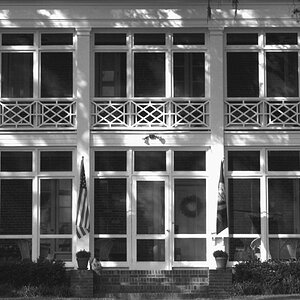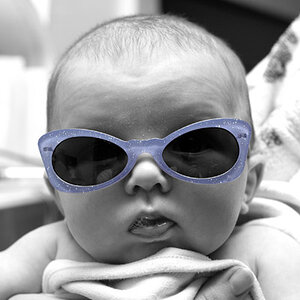ckphotography
TPF Noob!
- Joined
- Apr 20, 2009
- Messages
- 25
- Reaction score
- 0
- Location
- Central MN
- Can others edit my Photos
- Photos NOT OK to edit
One week ago I received a new 5D. I put my 50mm prime lens on and away I went. This weekend I put on my Tamron and then Sigma (wide angle lens) and with both of them I got this very definite black circle around my pictures and you can see it when I look through the viewfinder. Can anyone help me figure out why that is?
At the same time I thought the 5D (from all the reviews) said that it had an ISO speed of 50-3200. My camera only reads 100-1600.
Am I being a moron about this (don't answer that) or are there problems with the camera?
Cindy
At the same time I thought the 5D (from all the reviews) said that it had an ISO speed of 50-3200. My camera only reads 100-1600.
Am I being a moron about this (don't answer that) or are there problems with the camera?
Cindy


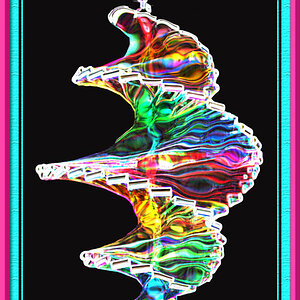
![[No title]](/data/xfmg/thumbnail/39/39444-02925f6d2859f4fda0e89f2001bfc9cd.jpg?1619739034)
